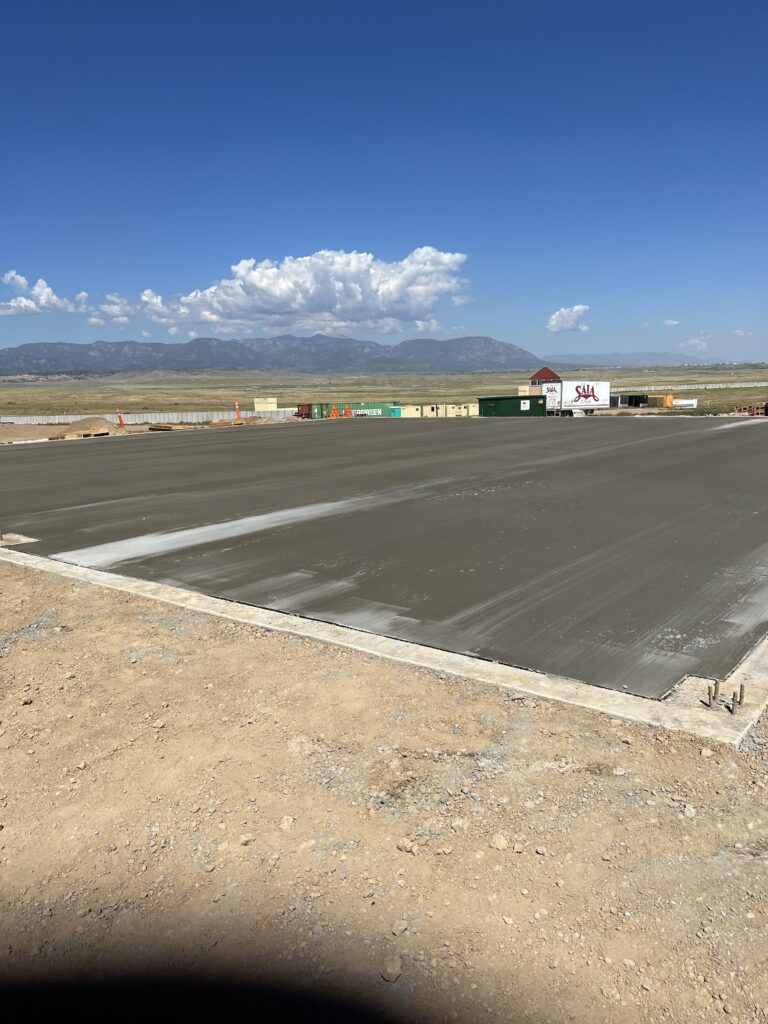Concrete Facts

A Quick guide
Stamped Concrete
The Color Doesn’t Fade: Color is added to the concrete during the mixing process, so it runs all the way through the material. If you clean the surface regularly to prevent dirt adhesion, the color won’t fade and will continue to look like new for years to come.
You Can Apply It Over Existing Concrete: If you have an existing concrete patio, driveway, or pool deck, you don’t need to have it removed before installing stamped concrete. An experienced contractor can pour new concrete right over the existing material. This makes it a convenient and inexpensive replacement if you are unhappy with the look of your current hardscaping.
It’s Ideal For Pool Patios: The texture of stamped concrete makes it less slippery when it gets wet. This makes it a perfect material for pool patios, which often become slick and hazardous from splashing. If you have children, this type of concrete can help make poolside play less dangerous.
More Durable Than Traditional Concrete: The textured surface adds durability to the concrete. Moreover, the colored dye added to stamped concrete to help it mimic other materials acts as a hardener. It helps the mixture withstand cracks and chips. Together, these differences help stamped concrete lasts longer than a traditional concrete surface.

Concrete Fascination
Regular Concrete
Staggering Consumption: With more than 10 billion tons of concrete being produced annually, concrete is the most consumed material in the world—other than water. With three tons used for every person in the world, twice as much concrete is used in construction as compared to all other building materials.
In the U.S. alone, this number is more than 500 million tons. Worth more than $37 billion, the concrete industry employs more than two million in the United States.
Concrete Helped During World War II: Concrete “sound mirrors” were used at the start of World War II to provide an early warning of approaching aircraft. Before radar was developed, the British erected parabolic acoustic mirrors or listening ears to detect aircraft. With a network of sound reflectors constructed along the English coast, the British could detect the sound of approaching German aircraft.
The concave concrete structures were designed to pick up sound waves from enemy aircraft, making it possible to predict their flight trajectory, providing ground forces more time to prepare British defenses.
China Has The World’s Largest Concrete Structure: At 185 meters high and 2,309 meters long, the Three Gorges Dam on China’s Yangtze River is the largest concrete dam. Built over 17 years between 1994 and 2006, the project cost $37 billion to construct. Workers used some 21 million cubic yards of concrete in the structure—a world record.
A hydroelectric station that can generate an incredible 22,500 MW of power, the dam’s reservoir holds as much water as Lake Superior.
